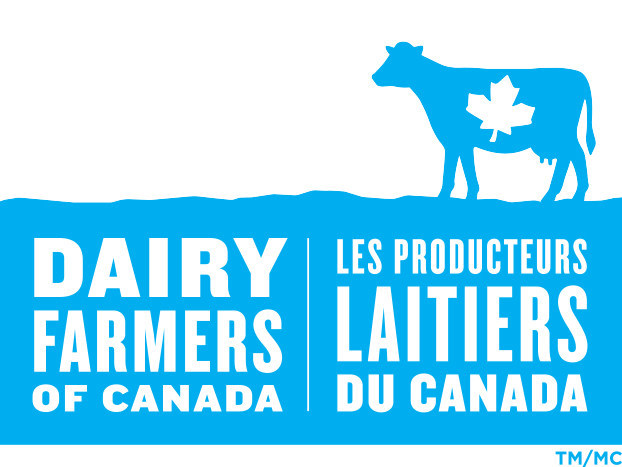The Mastitis Network: Science-Based Solutions for the Dairy Industry
Complete

Project Overview
The Mastitis Network provides innovative science-based solutions that respond to the needs and challenges of dairy producers. All projects share a common goal of developing novel strategies that could reduce dependency on antimicrobials (e.g., management strategies, immunomodulators, diagnostic tests that can better inform treatment decisions) to ensure the delivery of safe high-quality milk.
Under Dairy Research Cluster 3 funding, researchers from the Mastitis Network investigated (1) the relevance of different Staphylococcus bacteria species for udder health; (2) impacts of dry-off management in robotic milking systems on the risk of mastitis; and (3) potential applications of microbiome manipulation for preventing mastitis.
What Did the Research Team Do?
Relevance of Staphylococcus species for udder health: Matrix-assisted laser desorption/ionization time-of-flight mass spectrometry (MALDI-TOF) was used to identify the most common species of staphylococcus present in over 27,000 milk samples from 5 automated milking system herds in Canada.
Impacts of dry-off management in robotic milking systems on the risk of mastitis: Researchers investigated how different housing factors, management practices, and milking and feeding allowances impacted measures of udder health and milk yield.
Microbiome manipulation for preventing mastitis: Researchers characterized microbiota present in healthy and diseased cows and attempted to identify bacteria that may be “protective” against common mastitis-causing pathogens.
Vaccine development for prevention of mastitis: Researchers worked to develop a polyvalent vaccine against multiple bovine and mastitis pathogens (Streptococcus uberis, S. dysgalactiae, Salmonella Dublin, and Escherichia coli; sub-activity C).
Non-esterified fatty acids (NEFA) and host defense peptides (HDP): The team examined the roles of NEFA and HDP on immune function and mastitis pathogenesis.
Staphylococcus aureus and mastitis: Researchers investigated pathways by which S. aureus invades epithelial cells, methods for rapid and accurate S. aureus testing, and milk quality changes associated with S. aureus infection.
What Did the Research Team Find?
- There are many different species of staphylococcus that can colonize the teat skin, and further work is needed to better understand the complex dynamics and conditions under which they may contribute to mastitis infections
- Reducing milking frequency and robot feed allocation can support milk yield reduction before dry-off
- Production level, use of teat sealants, dry cow therapy, and grouping strategy of cows at dry-off and in the dry period were associated with udder health measures
- Aerococcus urinaeequii and Staphylococcus xylosus may play a role in preventing udder colonization by other pathogenic bacteria; further research is planned to investigate the potential applications of these isolates
- NEFA had a negative impact on some lymphocyte functions
- Cathelicidins (a type of HDP) were found to be favourable anti- S. aureus therapeutic agents for mastitis
- A new protocol was developed to investigate clumping factor protein interactions in vitro and in vivo
- A polyvalent vaccine was developed that could greatly benefit the dairy industry and significantly reduce antibiotic use in animal production.
- Through MALDI-TOF analysis, 294 different species of microorganisms recovered from milk samples were identified among Canada-US-Brazil datasets, and a difference was found in the microorganism species’ identified from apparently healthy cows compared to cows with clinical mastitis.
**Scroll down for project communication outputs**
Principal Investigators
Simon Dufour
Université de Montréal
Pierre Lacasse
Agriculture and Agri-Food Canada (Sherbrooke)
Co-Investigators
Mario Jacques
Université de Montréal
Jean-Philippe Roy
Université de Montréal
Herman Barkema
University of Calgary
Eduardo Cobo
University of Calgary
Greg Keefe
University of Prince Edward Island
Trevor DeVries
University of Guelph
David Kelton
University of Guelph
Xin Zhao
McGill University
Jennifer Ronholm
McGill University
François Malouin
Université de Sherbrooke
Christopher Luby
University of Saskatchewan
Rachel Gervais
Université Laval
Key Words
- Mastitis, staphylococcus, robotic milking systems, microbiome
Period: 2018-2023
Budget: $1,250,000
Last Updated: January 16, 2024
Note: As per the research agreement, aside from providing financial support, the funders have no decision-making role in the conduct of the studies, data collection, and analysis or interpretation of the data. Researchers are independent in conducting their studies, own their data, and report the outcomes regardless of the results. The decision to publish the results rests entirely with the researchers.
PROJECT COMMUNICATION OUTPUTS
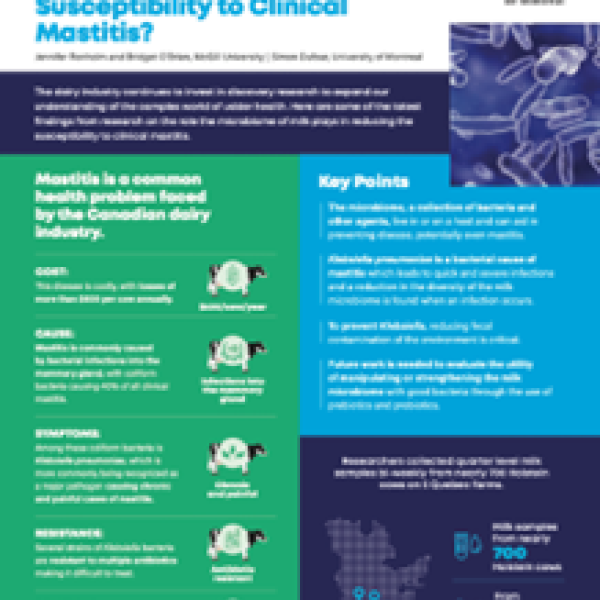
INFOGRAPHIC
DOWNLOAD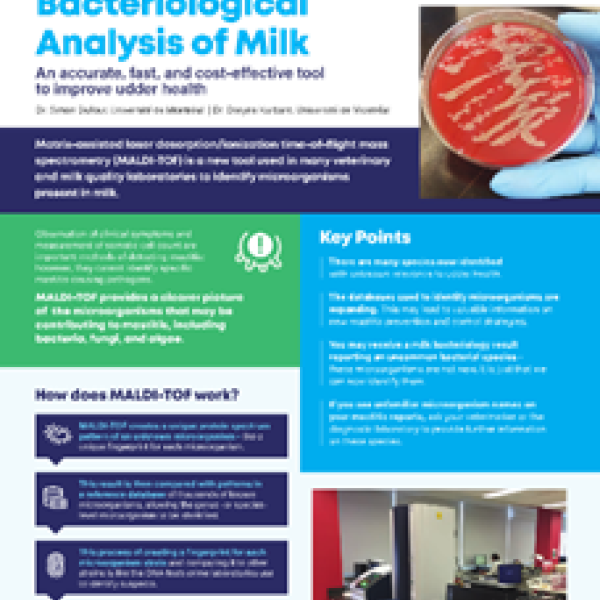
INFOGRAPHIC
DOWNLOADANIMATED VIDEO
Identification of Mastitis-Causing Pathogens: How MALDI-TOF analysis looks deeper
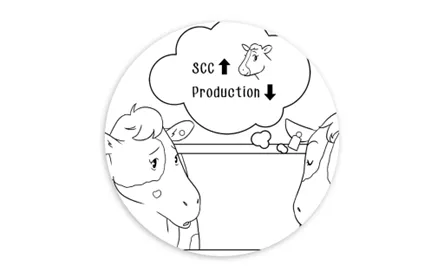
ANIMATED VIDEO
The Microbiome as an Alternative to Antibiotic Use in Dairy Cows
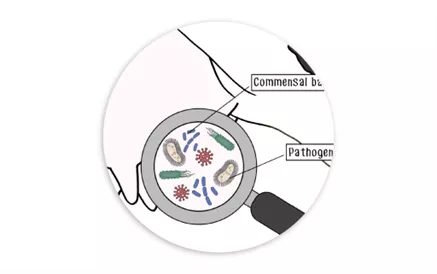
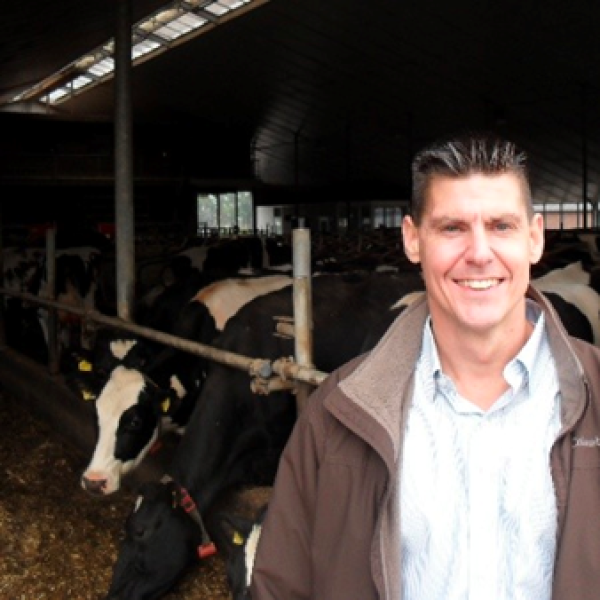
PODCAST
LISTENWEBINAR
The Mastitis Network: Science-Based Solutions for the Dairy Industry

PROJECT PUBLICATIONS
-
Rowe, S., F. Kabera, S. Dufour, S. Godden, J.-P. Roy, D. Nydam. 2023. Selective dry-cow therapy can be implemented successfully in cows of all milk production levels. J. Dairy Sci. 106(3): 1953-1967. https://doi.org/10.3168/jds.2022-22547
-
Millette G., E. Lacasse, R. Binette, V. Belley, L.P. Chaumont, C. Ster, F. Beaudry, K. Boyapelly, P.L. Boudreault, F. Malouin. 2023. Rationally Designed Pyrimidine Compounds: Promising Novel Antibiotics for the Treatment of Staphylococcus aureus-Associated Bovine Mastitis. Antibiotics (Basel) 12(8): 1344. https://doi.org/10.3390/antibiotics12081344
-
Vanacker N., H.B. Hooper, R. Blouin, P. Lacasse. 2023. Effect of intravenous lipid infusion on biomarkers of insulin resistance and immune functions of dry and nonpregnant dairy cows. J Dairy Sci. 106(3):2113-2123. https://doi.org/10.3168/jds.2022-22309
-
Park, S., D. Jung, I. Altshuler, D. Kurban, S. Dufour, J. Ronholm. 2022. A longitudinal census of the bacterial community in raw milk correlated with Staphylococcus aureus clinical mastitis infections in dairy cattle. Anim. Microbiome 4: 59. https://doi.org/10.1186/s42523-022-00211-x
-
Vanacker, N., R. Blouin, C. Ster, P. Lacasse. 2022. Effect of different fatty acids on the proliferation and cytokine production of dairy cow peripheral blood mononuclear cells. J. Dairy Sci. 105 (4): 3508. https://doi.org/10.3168/jds.2021-21296
-
Brouillette, E., C. Goetz, D. Droppa-Almeida, S. Chamberland, M. Jacques, F. Malouin. 2022. Secondary Staphylococcus aureus intramammary colonization is reduced by non-aureus staphylococci exoproducts. Microbes Infect. 24(1): 104879. https://doi.org/10.1016/j.micinf.2021.104879
-
Park, S. D. Jung, B. O’Brien, J. Ruffini, F. Dussault, A. Dube-Duquette, É. Demontier, J.-F. Lucier, F. Malouin, S. Dufour, J. Ronholm. 2022. Comparative genomic analysis of Staphylococcus aureus isolates associated with either bovine intramammary infections or human infections demonstrates the importance of restriction-modification systems in host adaptation. 2022. Microb. Genom. 8(2): 000779. https://doi.org/10.1099/mgen.0.000779
-
France, A.E., S. Dufour, D.F. Kelton, H.W. Barkema, D. Kurban, T.J. DeVries. 2022. Effect of dry-off management on milking behavior, milk yield, and somatic cell count of dairy cows milked in automated milking systems. J. Dairy Sci. 105 (4): 3544-3558. https://doi.org/10.3168/jds.2021-21383
-
Kurban, D., J.-P. Roy, F. Kabera, A. Fréchette, M.M. Um, A. Albaaj, S. Rowe, S. Godden, P.R.F. Adkins, J.R. Middleton, M.-L. Gauthier, G.P. Keefe, T.J. DeVries, D.F. Kelton, P. Moroni, M. Veiga Dos Santos, H.W. Barkema, S. Dufour. 2022. Diagnosing Intramammary Infection: Meta-Analysis and Mapping Review on Frequency and Udder Health Relevance of Microorganism Species Isolated from Bovine Milk Samples. Animals (Basel). 12(23): 3288.
https://doi.org/10.3390/ani12233288 -
Park, S., J. Ronholm. 2021. Staphylococcus aureus in Agriculture: Lessons in Evolution from a Multispecies Pathogen. Clin. Microbiol. Rev. 34(2): e00182-20.
http://doi.org/10.1128/CMR.00182-20 -
Jung, D., S. Park, J. Ruffini, S. Dufour, J. Ronholm. 2021. Draft Genome Sequences of 113 Escherichia coli strains Isolated from Intramammary Infections in Dairy Cattle. Microbiol. Resour. Announc. 10(7).
http://doi.org/10.1128/MRA.01464-20 -
Jung, D., S. Park, J. Ruffini, F. Dussault, S. Dufour, J. Ronholm. 2021. Comparative genomic analysis of Escherichia coli isolates from cases of bovine clinical mastitis identifies nine specific pathotype marker genes. Microb. Genom. 7(7): 000597. https://doi.org/10.1099/mgen.0.000597
-
Demontier, E., A. Dubé-Duquette, E. Brouillette, A. Larose, C. Ster, J. F. Lucier, S. Rodrigue, S. Park, D. Jung, J. Ruffini, J. Ronholm, S. Dufour, J.P. Roy, S. Ramanathan, F. Malouin. 2021. Relative virulence of Staphylococcus aureus bovine mastitis strains representing the main Canadian spa types and clonal complexes as determined using in vitro and in vivo mastitis models. J. Dairy Sci. 104(11): 11904-11921. https://doi.org/10.3168/jds.2020-19904
-
Ster C, M. Allard, J. Côté-Gravel, S. Boulanger, P. Lacasse, F. Malouin. 2021. Immune and experimental infection responses of dairy cows vaccinated with the combination of six Staphylococcus aureus proteins that are expressed during bovine intramammary infection and a triple adjuvant. Vet. Immunol. Immunopathol. 238: 110290. https://doi.org/10.1016/j.vetimm.2021.110290.
-
S. Park, D. Jung, S. Dufour, J. Ronholm. 2020. Draft Genome Sequences of 27 Staphylococcus aureus strains and 3 Staphylococcus Species strains Isolated from Bovine Intramammary infection. Microbiol. Resour. Announc. 9(19). https://doi.org/10.1128/MRA.00300-20
-
Cavalcante, P.A., C.G. Knight, Y.L. Tan, A.P.A. Monteiro, H.W. Barkema, E.R. Cobo. 2020. Cathelicidins Mitigate Staphylococcus aureus Mastitis and Reduce Bacterial Invasion in Murine Mammary Epithelium. Infect Immun. 88(7): e00230- 20. http://doi.org/10.1128/IAI.00230-20
-
Cheng J., J. Zhang, B. Han, H.W. Barkema , E.R. Cobo, J.P. Kastelic, M. Zhou, Y. Shi, J. Wang, R. Yang, J. Gao. 2020. Klebsiella pneumoniae isolated from bovine mastitis is cytopathogenic for bovine mammary epithelial cells. J Dairy Sci. 103(4): 3493-3504. https://doi.org/10.3168/jds.2019-17458
-
Dufour, S., J. Labrie, M.Jacques. 2019. The Mastitis Pathogens Culture Collection. ASM Journals. Microbiol. Resour. Announc. 8(15). https://doi.org/10.1128/mra.00133-19

